FINK
Borg
Floor Standing Speaker
Borg is a significant design exercise as knitting a 10.25 inch mid/bass, albeit an extremely fine one, with a HF unit is never easy. To combine the two drivers to achieve a flat frequency response and, more importantly, a slow even mid/HF roll off in the power response is a significant feat of engineering. There is no off-axis hole in the middle effect.
FinkTeam’s Borg
Weight & Drama
FinkTeam’s Borg is two-way floor standing design featuring a 10.25 inch high-power mid/bass driver and an Air Motion Transformer (AMT) tweeter.
Borg is a significant design exercise as knitting a 10.25 inch mid/bass, albeit an extremely fine one, with a HF unit is never easy. To combine the two drivers to achieve a flat frequency response and, more importantly, a slow even mid/HF roll off in the power response is a significant feat of engineering. There is no off-axis hole in the middle effect.
Borg is designed as a more domestic friendly loudspeaker than the WM-4. Borg’s low frequency tuning is designed to deliver weight and drama to music but without making it a total diva when it comes to room positioning.
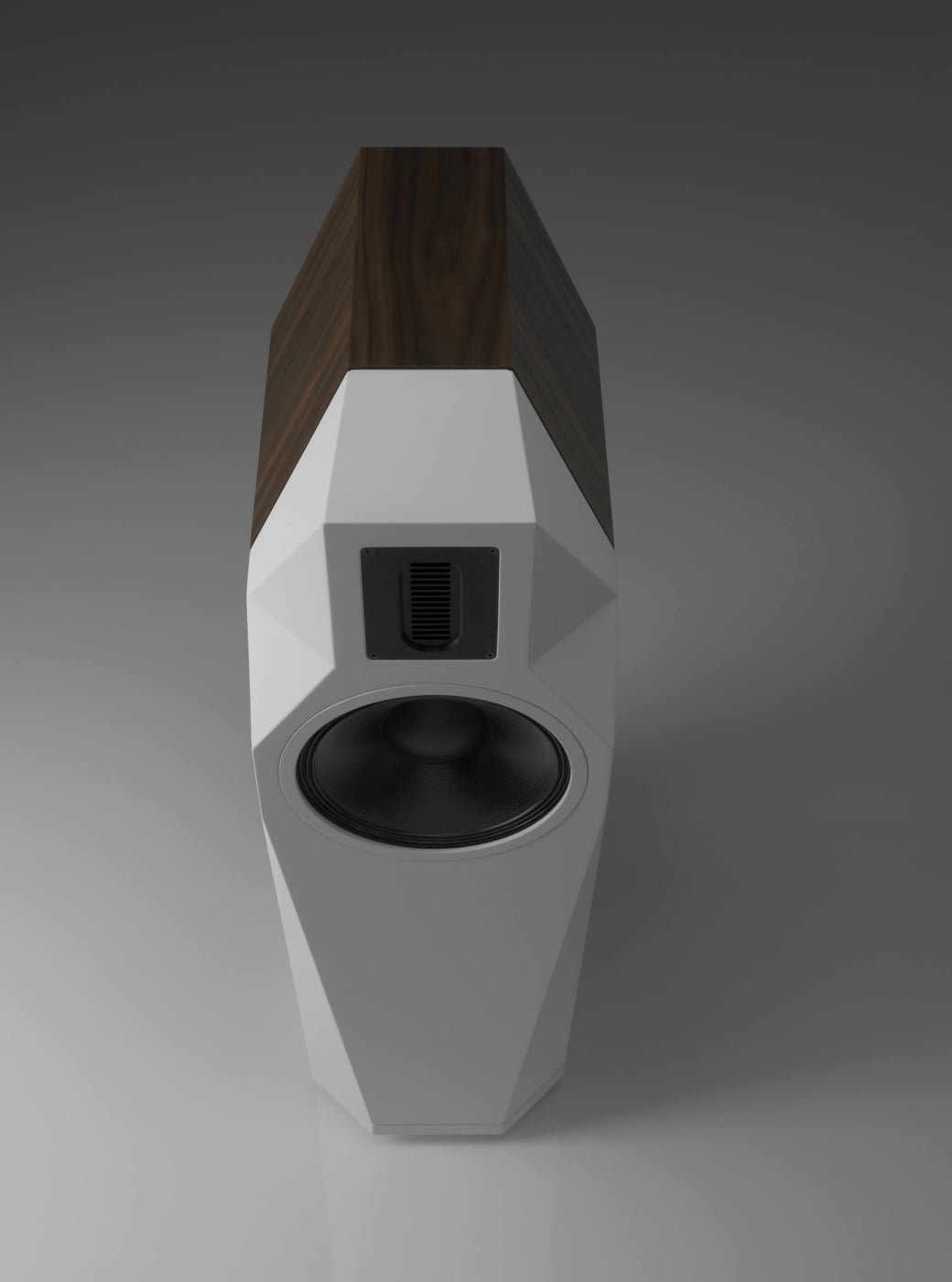
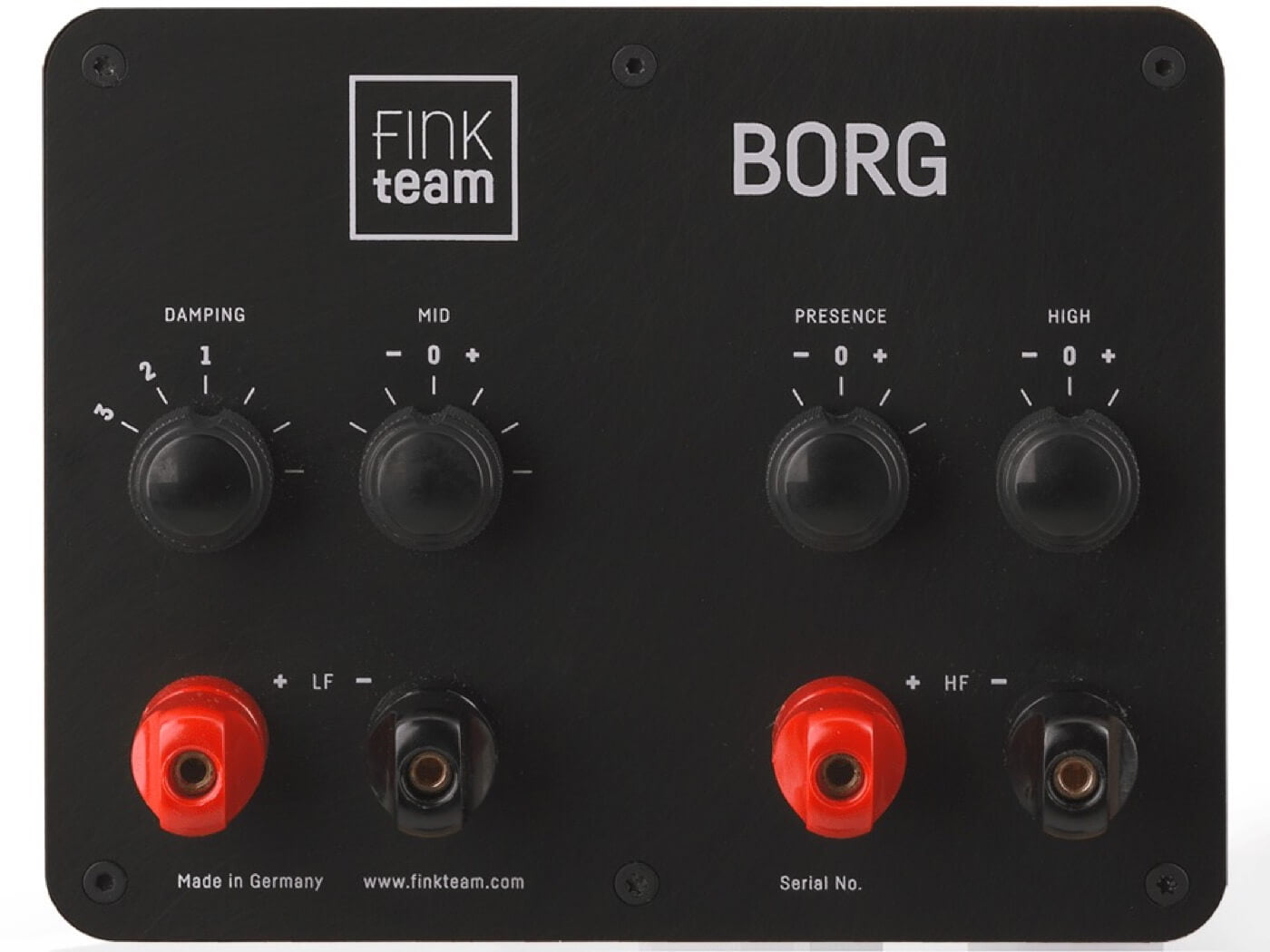
Borg Fine Tuning
Even the best loudspeaker design needs some help in a difficult room. FinkTeam understands that we can’t all have totally treated listening rooms with ideal reverberation times and controlled bass. To help with this there are controls on the rear of Borg allowing some subtle settings of response.
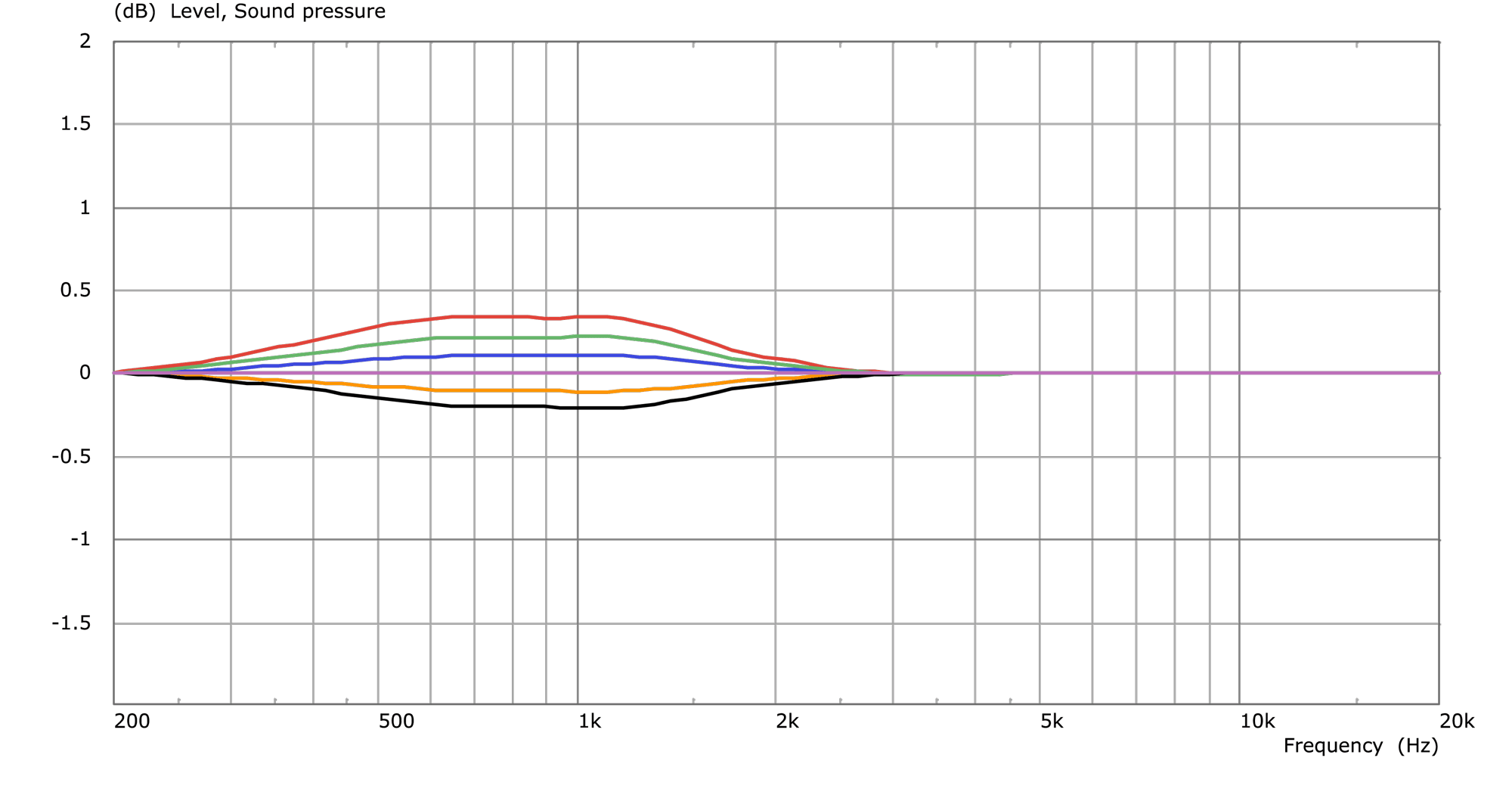
Damping
Allows a degree of adaptation to suit different amplifier damping factors.
1. Standard setting for transistor amplifiers with good damping factor
2. To be used with amplifiers having lower damping factor, many vintage amplifiers and also in rooms with low frequency problems
3. To be used with tube amplifiers
It is possible to use 1 and 2 for all transistor amplifiers, but 3 should be only used for tube amplifiers.
With the mid position, the position of the virtual stage can be changed from back behind the speakers to closer to the listener. It can also compensate for more or less lively rooms. A very lively room would need a minus setting, a damped room a plus setting. Even though the changes are only around +- 0.5db, they are made over a wide area and so allow good control over this significant band.
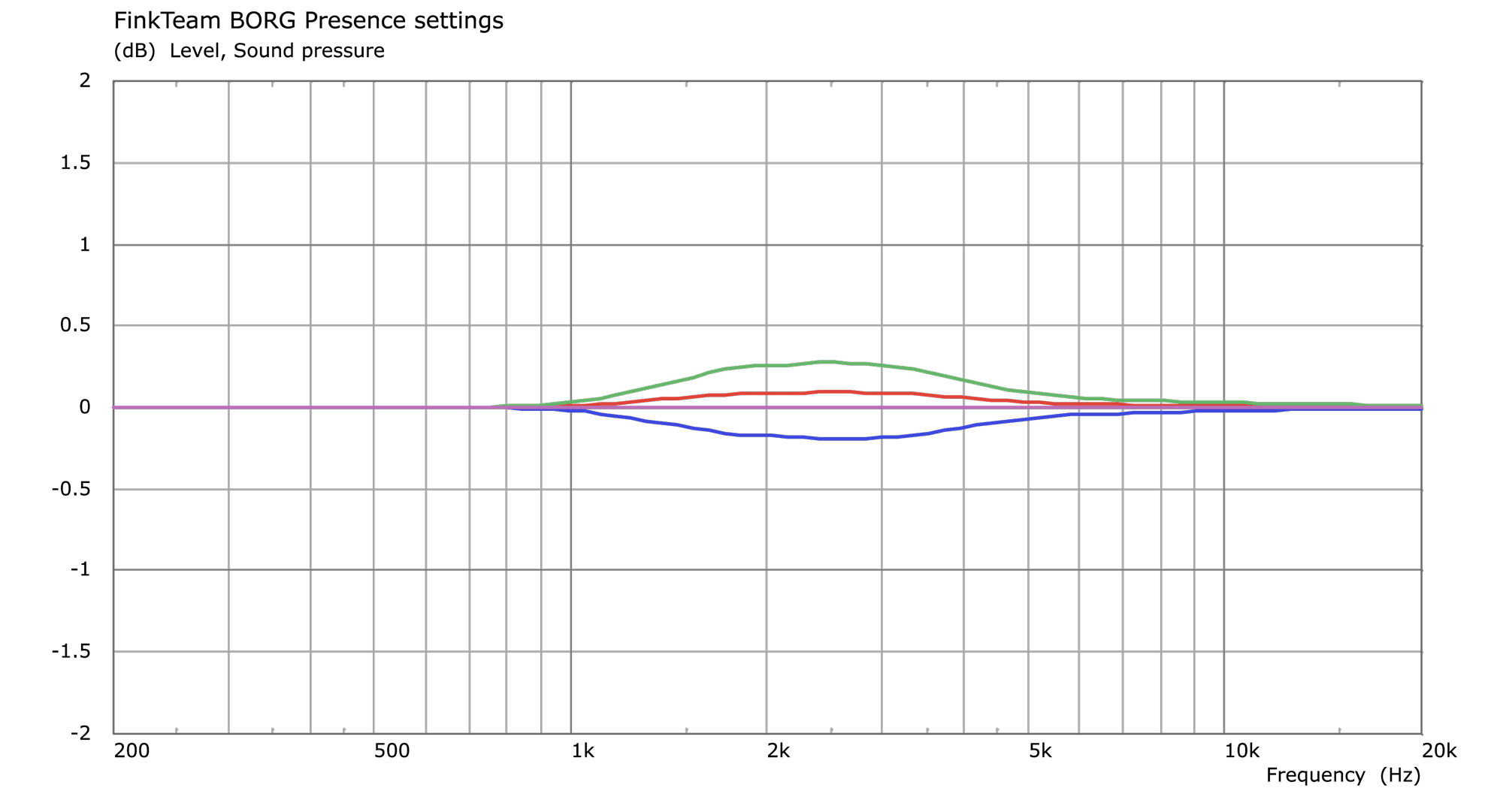
Presence
The presence control will mostly be used to adapt to amplifier or source characteristics. A softer amp or cable would need a plus setting, a somewhat brighter setup should have a minus setting. This setting can be also be combined with the mid setting to adjust for room characteristics.
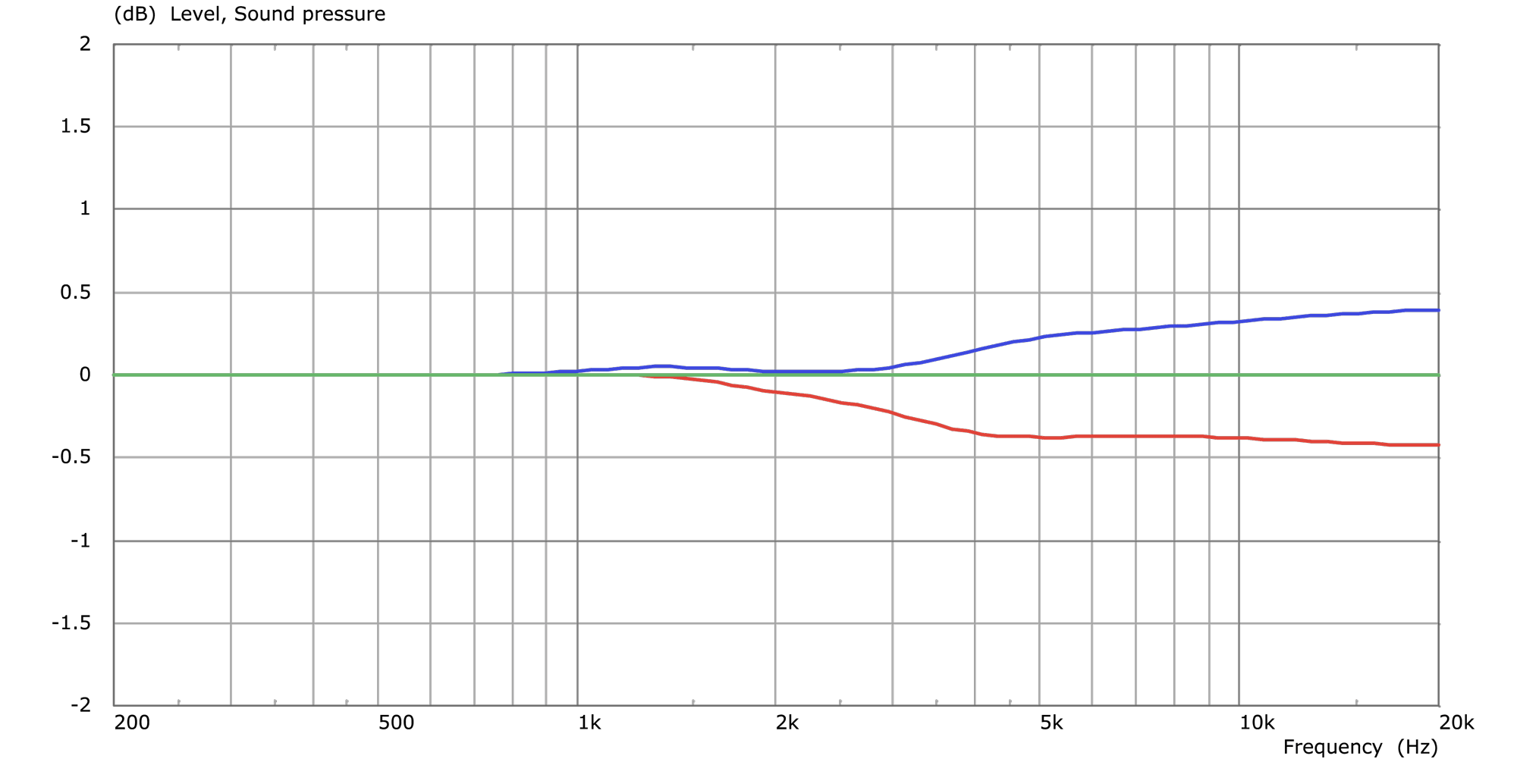
High
Changes the tweeter level slightly for general balance adjustments and to compensate for rooms.